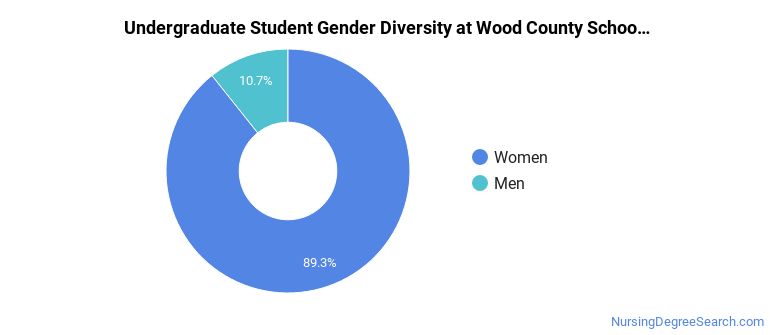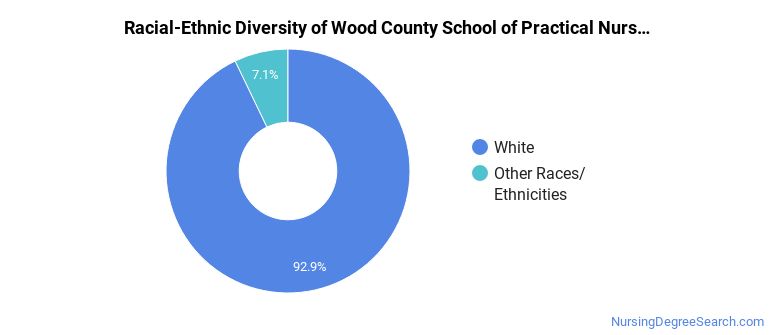Wood County School of Practical Nursing Nursing Programs
Wood County School of Practical Nursing is a public institution situated in Parkersburg, West Virginia. Parkersburg is a great location for students who prefer city over country life.
Where Is Wood County School of Practical Nursing?

Contact details for Wood County School of Practical Nursing are given below.
| Contact Details | |
|---|---|
| Address: | 1515 Blizzard Drive, Parkersburg, WV 26101 |
| Phone: | 304-420-9501 |
| Website: | www.woodcountyschoolswv.com |
How Do I Get Into Wood County School of Practical Nursing?
You can apply to Wood County School of Practical Nursing online at: https://www.woodcountyschoolswv.com/o/wctc/page/practical-nursing
Admission Requirements for Wood County School of Practical Nursing
| Submission | Required? |
|---|---|
| High School GPA | 3 |
| High School Rank | 3 |
| High School Transcript | 1 |
| College Prep Program | 5 |
| Recommendations | 1 |
| SAT or ACT Scores | 3 |
| TOEFL | 3 |
Can I Afford Wood County School of Practical Nursing?
Wood County School of Practical Nursing Undergraduate Student Diversity
Gender Diversity
Of the 28 full-time undergraduates at Wood County School of Practical Nursing, 11% are male and 89% are female.

Racial-Ethnic Diversity
The racial-ethnic breakdown of Wood County School of Practical Nursing students is as follows.

| Race/Ethnicity | Number of Grads |
|---|---|
| Asian | 0 |
| Black or African American | 0 |
| Hispanic or Latino | 0 |
| White | 26 |
| International Students | 0 |
| Other Races/Ethnicities | 2 |
Wood County School of Practical Nursing Nursing Concentrations
The table below shows the number of awards for each concentration.
| Major | Undergraduate Certificate | TOTAL |
|---|---|---|
| Licensed Practical/Vocational Nurse Training | 20 | 20 |
| TOTAL | 20 | 20 |
References
*The racial-ethnic minorities count is calculated by taking the total number of students and subtracting white students, international students, and students whose race/ethnicity was unknown. This number is then divided by the total number of students at the school to obtain the racial-ethnic minorities percentage.
More about our data sources and methodologies.
